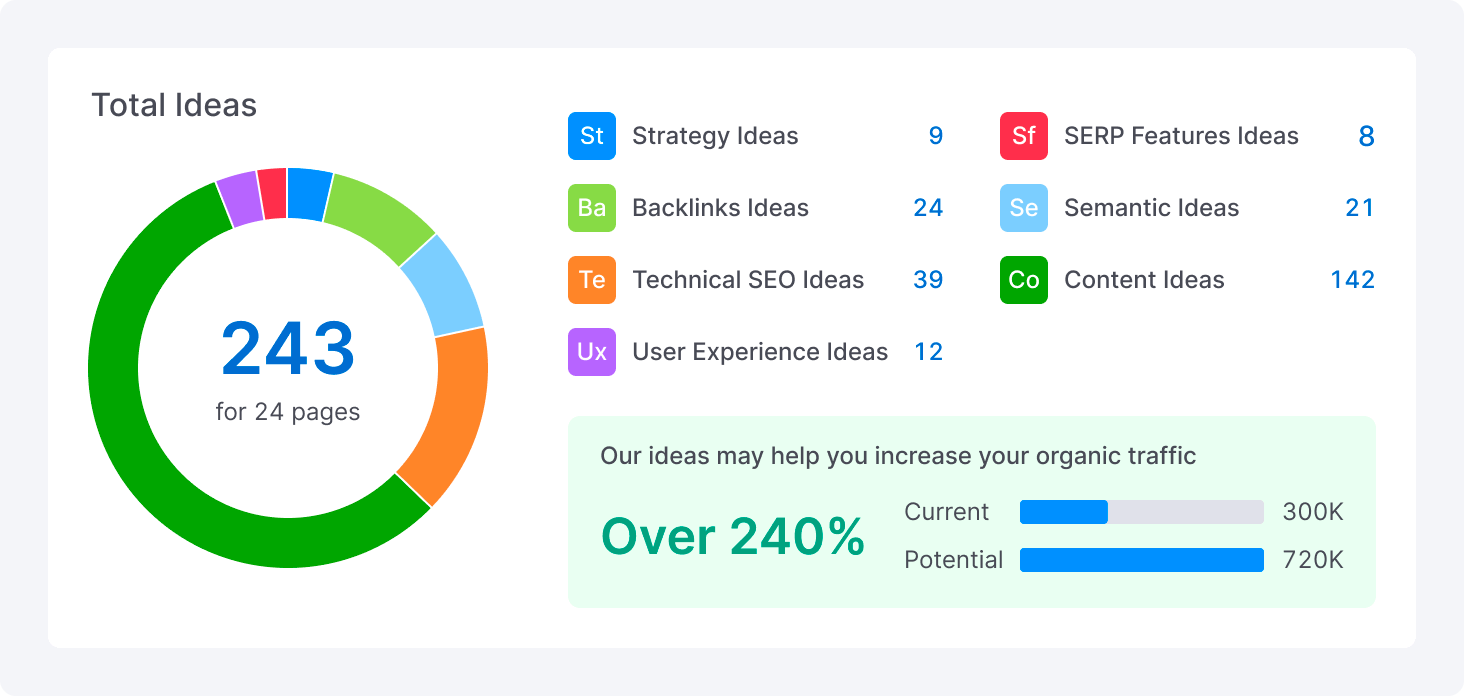Demystifying What Is Ruled Out a Default Medium in Google Analytics
Demystifying What Is Ruled Out a Default Medium in Google Analytics
Blog Article
Introducing the Unconventional Mediums in Google Analytics Beyond Default Settings
In the world of digital analytics, Google Analytics stands as a keystone for companies seeking to comprehend their on the internet existence. While default settings supply beneficial insights, truth deepness of recognizing lies in discovering the unconventional tools that often go unnoticed. By venturing beyond the surface and diving right into the details of social media information, email campaign efficiency, referral website traffic sources, straight traffic patterns, and custom-made channel groupings, a bonanza of information awaits those ready to embrace a more nuanced technique. Nonetheless, what exists underneath these unusual mediums may just redefine how organizations view and plan their on the internet efforts.

Leveraging Social Network Insights
Periodically ignored, yet immensely valuable, is the method of leveraging social media sites understandings within the realm of Google Analytics. By integrating information from platforms like Facebook, Twitter, Instagram, and LinkedIn right into Google Analytics, businesses can gain a deeper understanding of their target market and the effectiveness of their social networks campaigns.
Through this assimilation, online marketers can track and assess individual behavior on their website that originates from social media systems. They can identify which social media channels are driving the most traffic, which web content is resonating with the audience, and which projects are converting one of the most leads. This understanding enables data-driven choices to optimize social media techniques and improve overall advertising efficiency.
Moreover, by combining social media sites insights with Google Analytics, organizations can develop much more targeted and customized projects - what is not considered a default medium in google analytics. They can make use of demographic information, rate of interests, and on-line actions collected from social media sites to improve their audience segmentation and deliver customized messages that resonate with certain customer groups. This targeted technique can lead to higher interaction, enhanced conversions, and inevitably, improved roi
Discovering Email Campaign Efficiency
Revealing Email Project Efficiency entails analyzing vital metrics and performance indicators to evaluate the performance of email advertising and marketing initiatives. When delving into email project performance, it is important to analyze metrics such as open prices, click-through rates, conversion rates, and unsubscribe prices. Open prices show the percent of receivers who opened up the e-mail, giving understanding right into the effectiveness of subject lines and sender names. Click-through prices determine the portion of receivers that clicked on links within the email, revealing involvement levels. Conversion rates track the portion of receivers who completed a wanted activity after clicking a link in the e-mail, such as signing or making a purchase up for a newsletter. Unsubscribe prices highlight the number of recipients who decided out of obtaining additional emails, losing light on email material high quality and importance. By examining these metrics, marketing experts can tweak their e-mail campaigns for much better involvement and performance.
Analyzing Referral Website Traffic Resources
After assessing the efficiency of email projects with crucial metrics such as open prices and conversion prices, the next crucial action is assessing recommendation web traffic resources in Google Analytics to understand where website visitors are coming from and exactly how they connect with the site. Referral traffic resources visit site refer to the sites that route customers to your site via clickable links. By diving into this information, organizations can gain understandings into which outside platforms are driving web traffic to their website, whether it be social networks systems, companion internet sites, or on-line directory sites.
Evaluating recommendation web traffic can give important info on the efficiency of exterior marketing initiatives and partnerships. It assists businesses identify high-performing referral resources that add considerably to site web traffic and conversions. By recognizing the actions of visitors coming from various recommendation sources, organizations can customize their advertising strategies to enhance engagement and conversions. Google Analytics supplies comprehensive records on referral website traffic, enabling organizations to track the efficiency of each referral resource accurately and make data-driven decisions to improve their on-line existence.
Exploring Direct Web Traffic Patterns
Discovering the direct website traffic patterns in Google Analytics provides useful understandings into individual behavior and the performance of campaigns - what is not considered a default medium in google analytics. Straight website traffic refers to site visitors that arrive on a site by directly typing the read review URL right into their browser, using book markings, or clicking untagged web links. Understanding straight website traffic patterns can help marketing professionals examine the influence of offline marketing efforts, brand acknowledgment, and the efficiency of word-of-mouth referrals
By delving right into direct traffic information, services can reveal essential info about customer intent and brand name commitment. Evaluating the habits of direct visitors, such as the web pages they see, the moment spent on site, and the conversion rate, can supply a deeper understanding of user engagement and the total effectiveness of the site in transforming visitors right into consumers.
Moreover, tracking direct traffic patterns gradually allows businesses to identify patterns, seasonality impacts, and the success of specific campaigns or promotions in driving direct brows through. This information can then be used to improve advertising and marketing approaches, maximize website material, and boost the total user experience to make the most of conversions.
Using Custom Channel Groupings
Using customized network groups in Google Analytics enables services to categorize and assess their internet site traffic based on specific criteria, giving beneficial understandings for optimizing advertising and marketing methods. Custom-made network collections make it possible for business to create their very own tailored groupings of web traffic sources, such as social media, natural search, email campaigns, and referral website traffic. By defining these groupings, companies can gain a much deeper understanding of how various marketing networks add to their site web traffic and conversions.
This function is specifically helpful for services with diverse marketing techniques throughout various platforms. For instance, a company running both why not try here paid and organic social media campaigns can differentiate between the two to analyze their individual performance precisely. Additionally, customized channel collections can aid identify any overlooked or underestimated website traffic resources that may be driving valuable involvement.
Conclusion

By venturing past the surface area and diving right into the ins and outs of social media information, email project efficiency, recommendation web traffic sources, direct traffic patterns, and custom network groups, a treasure trove of information awaits those eager to welcome an extra nuanced approach. They can determine which social media channels are driving the most traffic, which material is reverberating with the target market, and which campaigns are converting the most leads.After assessing the performance of email campaigns through crucial metrics such as open rates and conversion prices, the next vital step is examining reference web traffic resources in Google Analytics to recognize where site site visitors are coming from and exactly how they communicate with the site. Personalized channel groups enable business to develop their own personalized groups of website traffic sources, such as social media, organic search, e-mail campaigns, and referral traffic. By leveraging social media insights, uncovering e-mail project performance, assessing reference web traffic sources, discovering direct website traffic patterns, and using custom-made channel groups, marketers can get valuable insights right into their on the internet visibility.
Report this page